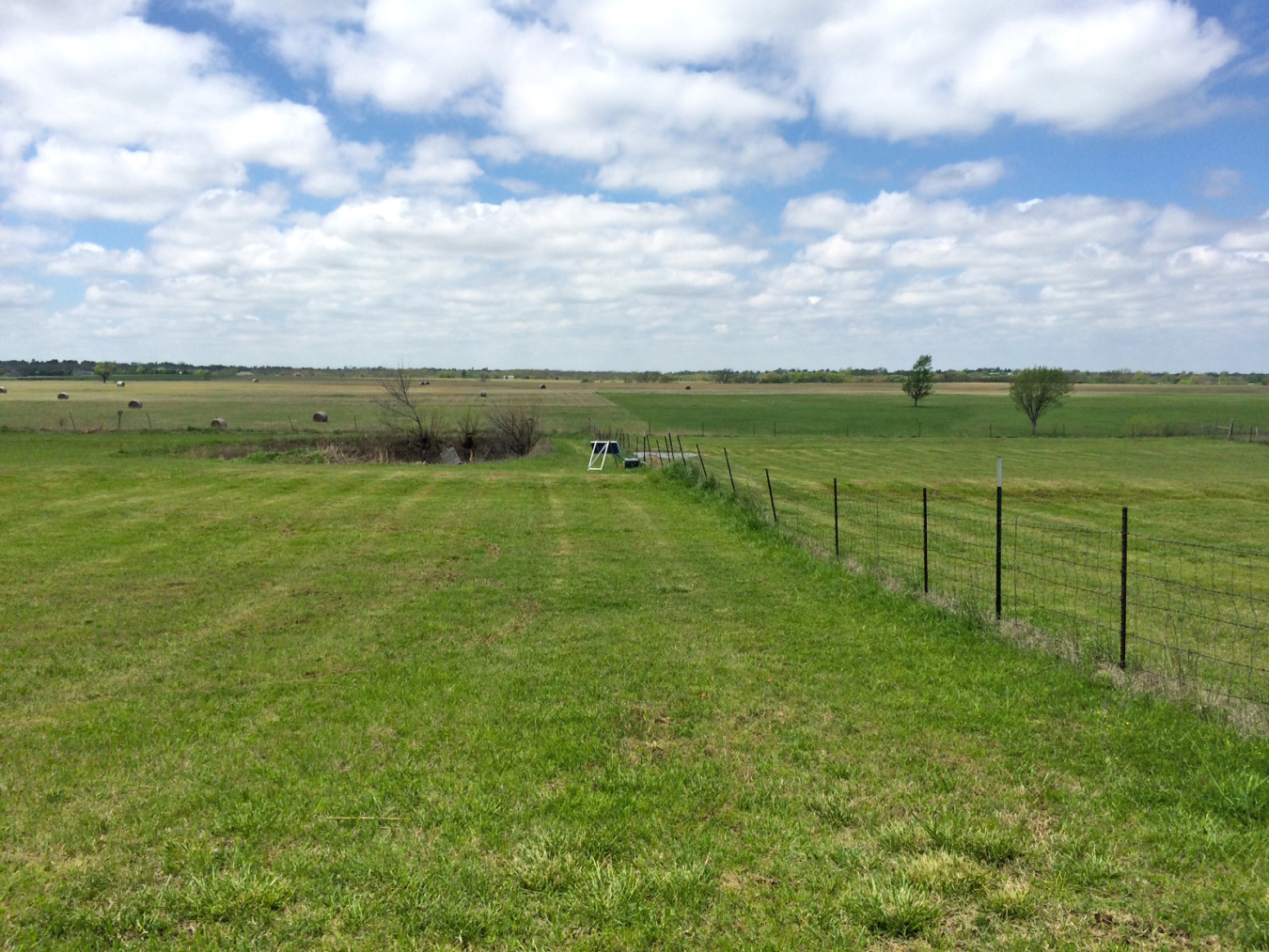
Seismic station in Oklahoma field.
The Office of Fossil Energy’s (FE) National Energy Technology Laboratory (NETL), the University of Oklahoma, and the Oklahoma Geological Survey (OGS) have concluded a highly innovative and integrated study to determine what properties lead to induced seismicity.
Induced seismicity is earthquake activity that occurs because of changes in subsurface stress brought about by human activity. Using geology, geophysics, reservoir modeling and rock mechanics to develop assessment models, this project evaluated the potential for, and increase in, seismic activity in central Oklahoma, including the relationship between oil and gas operations and induced seismicity. Specifically, the study confirmed and more fully investigated the link between increased seismic activity and wastewater disposal, which significantly increased between July 1, 2014, and the end of 2015. Over the course of the study, more than 95 percent of the earthquakes in Oklahoma occurred in a small portion of the state, where about 70 percent of wastewater was injected.
During the study, OGS researchers and their partners used both temporary and permanent seismic stations to monitor seismic activity. They found that seismic events increased between July 1, 2014, and the end of 2015, but have decreased since then. Similarly, earthquakes of magnitude greater than 3.0 increased from 579 in 2014 to 903 in 2015, then decreased to 623 in 2016. The study found that the decrease in earthquakes correlated to a decrease in water injection during that same period, due partly to regulatory actions taken by the Oklahoma Corporation Commission (OCC) and partly to a decrease in oil and gas production activity in response to falling oil and gas prices.
In addition, by establishing a denser network of seismometers and high resolution gravity and magnetic measurements, the study team has been able to detect and locate all magnitude 2.0 or greater earthquakes in Oklahoma with greater precision. Accurate location of earthquakes is critical, as approximately 50 percent of the earthquakes that occur in Oklahoma happen on faults that were not previously identified—including one that the team discovered near the town of Cushing. The team also applied a novel simulation approach to characterize the geologic variability around an injection well and used it to estimate the pressure increase on a fault in the basement rock that could trigger seismic events. Such an approach can be used to help identify safe injection rates and safe distances from injection wells to faults.
Based on these findings, the team conducted extensive outreach to share this information. The team met with staff from OCC’s Oil and Gas Conservation Division to review the seismic events and wastewater injection data, and with staff from the Kansas Corporation Commission and the Kansas Geological Survey to discuss data and approaches to regulation. In addition, the team conducted public outreach to address concerns about induced seismicity. The team made presentations to the Federal Emergency Management Agency, local and state emergency management groups, and civic organizations. Their outreach also included a strong online presence; active engagement and open dialogue within the academic community; media interviews and statements; and the production of preparedness materials.
For more information about the project and its findings, please read the final project report.
